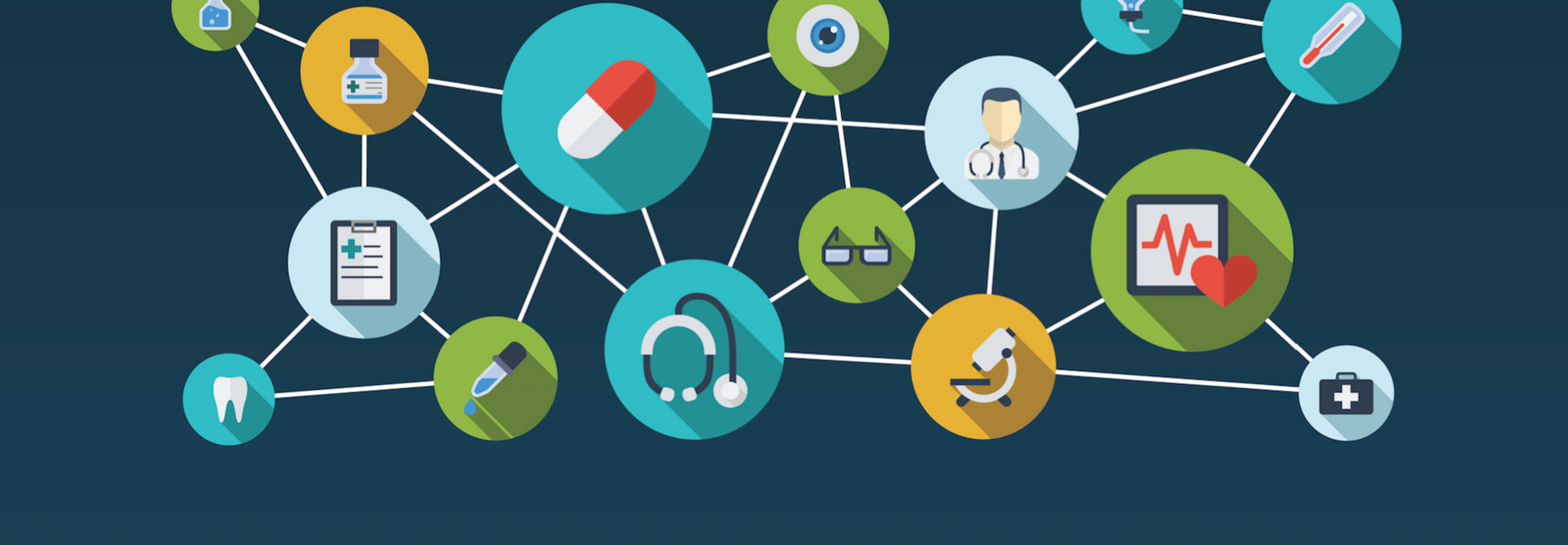Business Intelligence Gets a Second Chance in Healthcare
Business intelligence technology has been around the block. For many years, as technology cycles continuously accelerated, BI struggled to keep pace. As data multiplied around them, many healthcare organizations began to view classic BI as too intractable to meet their real-time analysis needs. But BI is enjoying new life in healthcare, thanks to advanced functionality.
Today, BI takes actionable intelligence to new levels. Vendors have improved not only the features and functionality of BI and analytics offerings but also those of the supporting infrastructure. Developed to meet the challenges created by growing volumes and types of data, these upgrades help drive the continued growth of the BI market.
Traditionally, analysts who wanted data for reporting and analysis turned to IT staff. They, in turn, built optimized data warehouses and data marts to run queries without hampering the performance of their transactional databases. Because this can be a labor-intensive process, users sometimes waited a significant amount of time before getting access to the data they needed.
New offerings simplify data inputs and outputs by providing interfaces to regularly used data warehouses, enterprise applications such as customer relationship management and enterprise resource planning systems, medical software like electronic health records (EHRs), and more. With improved database-management capabilities, BI processes are more agile and able to deliver more types of outputs to end users.
The ability to work with more data types also expands the pool of insights healthcare providers can obtain from BI. In the era of Big Data, when providers have so many sources of data to analyze in structured, semistructured and unstructured formats generated by internal and external sources, vendors continue to add versatile analysis and modeling tools to BI portfolios.
BI tools are more diversified and format-specific as a result and better positioned to leverage multiple data types. Business, predictive, cognitive, context, content, text and social media analytics tools all expand on traditional BI and can be optimized for particular data types. Such granularity represents a giant step forward, as studies suggest about 80 percent of electronic health information is unstructured (stored in Microsoft Word documents, email archives, web content, logs, clickstreams and other textual data). For example, providers today can take advantage of content analytics, which incorporates natural language processing to mine unstructured text data, and apply context analytics to decipher meaning.
What Today’s BI Encompasses
Today’s technology has made great strides. However, the BI stack still requires several components to do its job effectively. Typically, these components are easier to manage when built on an integrated platform. Elements include:
- Analysis services
- Reporting services
- Data integration services
- Master data services
- Data quality services
- Predictive analysis
- Data warehousing
Take an in-depth look at each of these components and gain insights into BI’s implications for healthcare by downloading the white paper “BI for Healthcare: Prognosis Positive.” You’ll also gain access to HealthTech's entire library of free, downloadable white papers by signing up just once.








